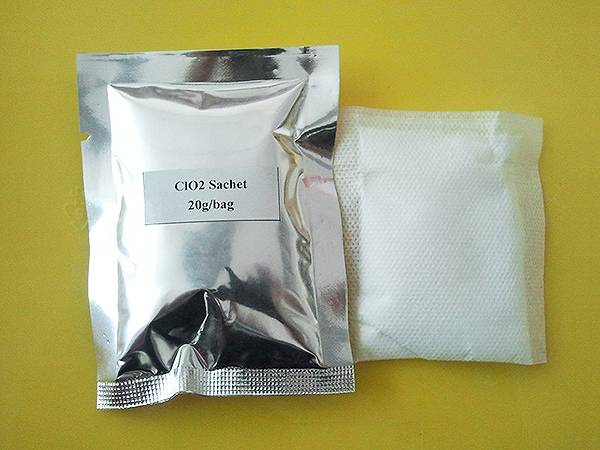



ceramic crucibles
The Significance of Ceramic Crucibles in Modern Science and Industry
Ceramic crucibles are essential tools in various scientific and industrial applications. Known for their ability to withstand extreme temperatures and corrosive environments, these durable containers play a pivotal role in processes such as metal casting, glass melting, and chemical reactions. Understanding their composition, properties, and applications can help illuminate their importance in modern technology.
Composition and Properties
Typically made from high-purity clays, alumina, or zirconia, ceramic crucibles are designed to endure high thermal stress without deforming or fracturing. Their refractory nature allows them to function effectively in temperatures that can exceed 1,600 degrees Celsius (2,912 degrees Fahrenheit). This makes them suitable for a variety of high-temperature applications. Additionally, ceramic materials possess excellent chemical resistance, minimizing contamination risks during experiments or manufacturing processes.
The microstructure of ceramic crucibles can vary significantly depending on their composition and the manufacturing process. Advanced techniques such as sintering are often employed to enhance their structural integrity. The result is a material that not only withstands mechanical stress but also offers uniform thermal conductivity, ensuring even heat distribution during use. This uniformity is critical in applications where precise temperature control is necessary, as it can influence the properties of the materials being processed.
Applications in Industry
The versatility of ceramic crucibles makes them invaluable across multiple industries. In metallurgy, they are used for melting and pouring metals and alloys. The ability to hold molten metal without reacting with it gives ceramic crucibles a distinct advantage over other materials. For instance, when producing high-performance alloys, any contamination from the crucible could adversely affect the final product's characteristics. Thus, the non-reactive nature of ceramics is pivotal.
ceramic crucibles

In the glass industry, ceramic crucibles are indispensable for melting glass raw materials. The high temperatures involved in glass production necessitate a container that can survive the heat while maintaining its structural integrity. Ceramic crucibles also play a crucial role in the production of specialty glasses, where precise control over the melting process can lead to the desired optical properties.
Furthermore, in the field of chemistry and materials science, ceramic crucibles are used for conducting high-temperature reactions and experiments. For instance, they are often employed in the synthesis of advanced materials, where consistent heating can influence the formation of complex structures. Additionally, ceramists and artists utilize them for firing glazes, enabling the creation of unique art pieces that require specific temperature profiles.
Innovations and Future Trends
As technology continues to advance, the manufacturing of ceramic crucibles has also evolved. Innovations in materials science have led to the development of composites that enhance their thermal shock resistance and overall performance. These innovations are crucial for industries seeking to improve efficiency and sustainability in their processes. For example, the ability to produce crucibles that can handle rapid temperature changes opens up new possibilities in high-performance applications.
Research is also underway to explore the use of nanotechnology in ceramics, which could lead to the creation of even more resilient crucibles. Such advancements may not only extend the lifespan of these tools but could also broaden their applicability in fields like electronics and nanotechnology, where managing heat and chemical reactions at the nanoscale is critical.
Conclusion
In summary, ceramic crucibles are vital components in a variety of scientific and industrial applications. Their unique properties, including high thermal resistance and chemical stability, make them indispensable in processes ranging from metallurgy to glassmaking and chemical synthesis. As technology and materials science continue to advance, we can expect further innovations in the design and functionality of ceramic crucibles, ensuring their continued relevance in an ever-evolving technological landscape. Understanding their significance today will pave the way for more efficient and sustainable practices in the future, underscoring the importance of these seemingly simple, yet immensely powerful, tools in the world of science and industry.
-
Why Sodium Persulfate Is Everywhere NowNewsJul.07,2025
-
Why Polyacrylamide Is in High DemandNewsJul.07,2025
-
Understanding Paint Chemicals and Their ApplicationsNewsJul.07,2025
-
Smart Use Of Mining ChemicalsNewsJul.07,2025
-
Practical Uses of Potassium MonopersulfateNewsJul.07,2025
-
Agrochemicals In Real FarmingNewsJul.07,2025
-
Sodium Chlorite Hot UsesNewsJul.01,2025










